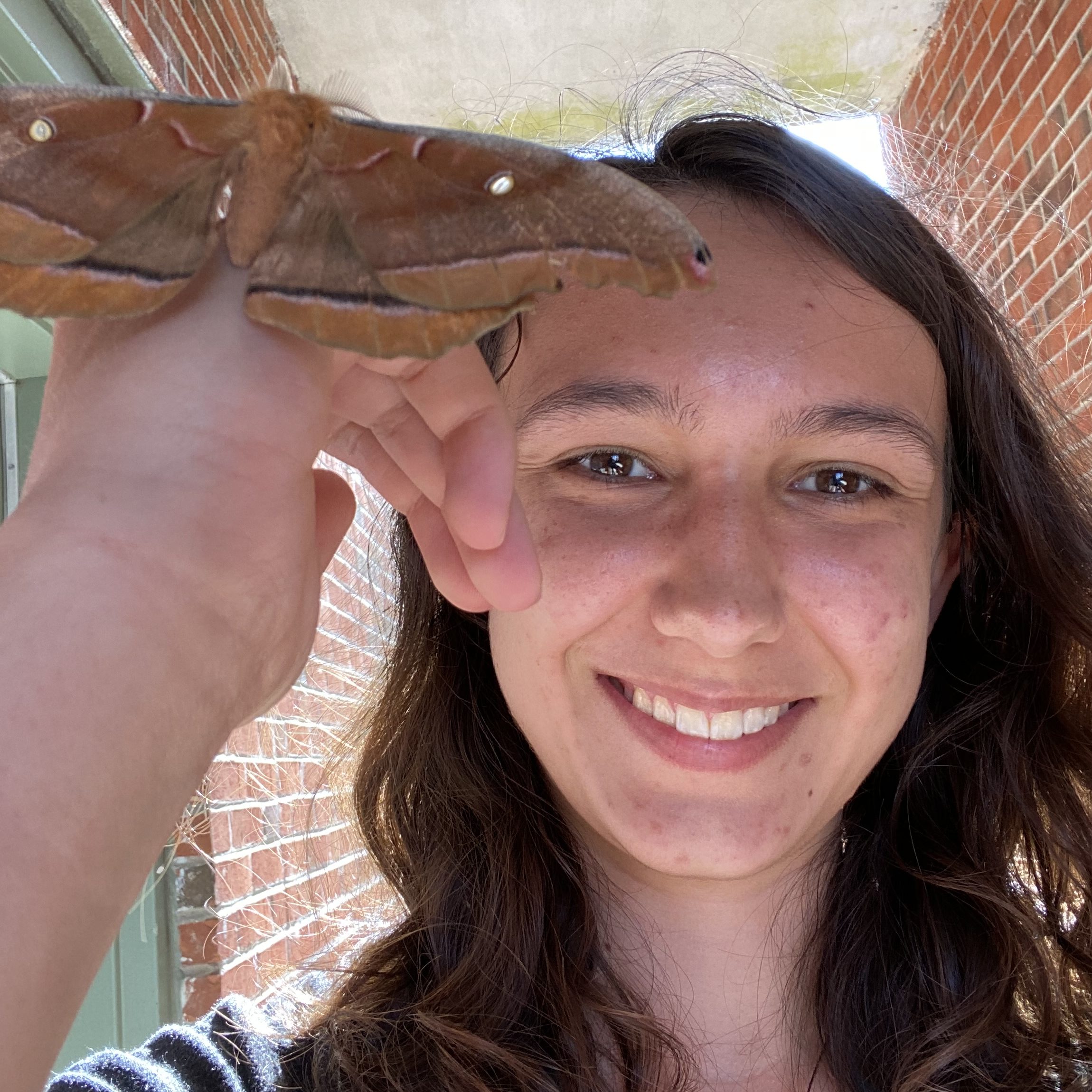
This year during my family’s annual beach trip, I saw an earwig crawling on the floor but lost track of it before I could find something to catch it in. This would have been unsettling enough if it weren’t for the fact that I had been about to fall asleep on an air mattress, i.e. right on the same floor where I had just seen the little dude crawling around. Upon realizing I was about to have an impromptu sleepover with an insect infamous for crawling into peoples’ ears, I did a quick, paranoid Google search, and what I discovered inspired this post:
Earwigs don’t crawl into peoples’ ears. You can all rest easy tonight, my fellow air mattress dwellers.
Apparently, an earwig would rather spend than night anywhere than in your ear. These misunderstood dermapterans spend their daylight hours snoozing, so when you go to sleep they’re typically up and moving. Even if an earwig happens to mess up its sleep cycle binging its favorite tv show, it’s going to choose cool, moist mulch or leaf litter as its bed over your ear canal. You may find earwigs in damp areas of your house, such as attics or crawlspaces, but they’re not going to cause any damage: the only time you may want to get rid of earwigs would be if they’re eating more of your garden’s plants than pests.
In fact, earwigs are actually pretty affectionate animals: rather than lay their eggs and skedaddle like most insects, earwig moms are super protective of their babies and will care for them right up until they shed their skin for the first time. They also seem to be aware of the fact that flying bugs can be a bit scary to some people, so winged dermapterans tend to crawl or dig rather than take to the skies.
If you’ve ever seen an earwig in your backyard, the first thing you noticed was probably the scary-looking pincers at the end of its abdomen. I thought those were poisonous stingers growing up, but they’re actually venom-less, fancy legs called cerci that act as pincer-like weapons for hunting, defense, and male combat rituals during mating season. Other insects like clutter cats and crickets also sport little cerci on their abdomens, but theirs aren’t nearly as functional as those of earwigs.
You may be wondering why the earwigs would wield a weapon on the tail end of their bodies rather than on their head or torso like most animals, but as they spend so much of their time underground, it’s a lot easier to dig with the pincers dragging behind than have them getting in the way up front. God really knew what He was doing when He made these guys.
Seriously y’all, go walk around the block or sit in your yard or something this afternoon and let yourself be amazed by the intricate, detailed design all around you. Even raindrops are mind-blowing when you think about them for long enough, and they’re not even alive.
Having a lifespan of several years means earwigs are able to survive through the winter, a feat normally accomplished via hibernation. Unfortunately this could mean finding some snoozing earwigs in your home when the weather gets cold, but can you really blame them for trespassing? A warm house is much cozier than their typical leaves and mud. They’re not germy, they’re nontoxic and they won’t eat your cereal – in my opinion, it’s best to just let sleeping insects lie. Or maybe make a little shoebox for them to sleep in if you don’t like seeing them in that crack in your bathroom wall every day, whatever floats your boat.
If you really just can’t stand the thought of a bunch of insects living with you rent-free all winter, the easiest way to get rid of them is by patching up the cracks in your walls and fixing anything that leaks: no hiding places plus no humidity equals no earwigs.
Since the whole “crawling into the ear” thing isn’t true, you may be wondering how the earwig got its weird name in the first place. Apparently, there was once a myth that if you slept on the ground, earwigs would crawl into your ear, lay eggs, and eat part of your brain, making you go crazy.
I’m not making this up, that’s literally what people thought would happen. I just… well… why?
Fortunately, earwigs are not alien-zombie hybrids and have no desire for brains or laying eggs inside of you… I mean they do have a vast diet as omnivores, but it’s hard to imagine a scenario in which an earwig would just stumble upon some random brain lying around and decide to take a bite out of it.
The name “earwig” is obviously a bit outdated, so I think it’s about time we just call them what they are: clamp crickets. Because they have clamps on their abdomens and they look like crickets. #respecttheclampcrickets.

2 responses to “Earwigs Won’t Eat Your Brains”
Once again,super entertaining AND informative!! ❤️❤️
LikeLiked by 1 person
Thank you!! I had fun with this one 😄
LikeLike